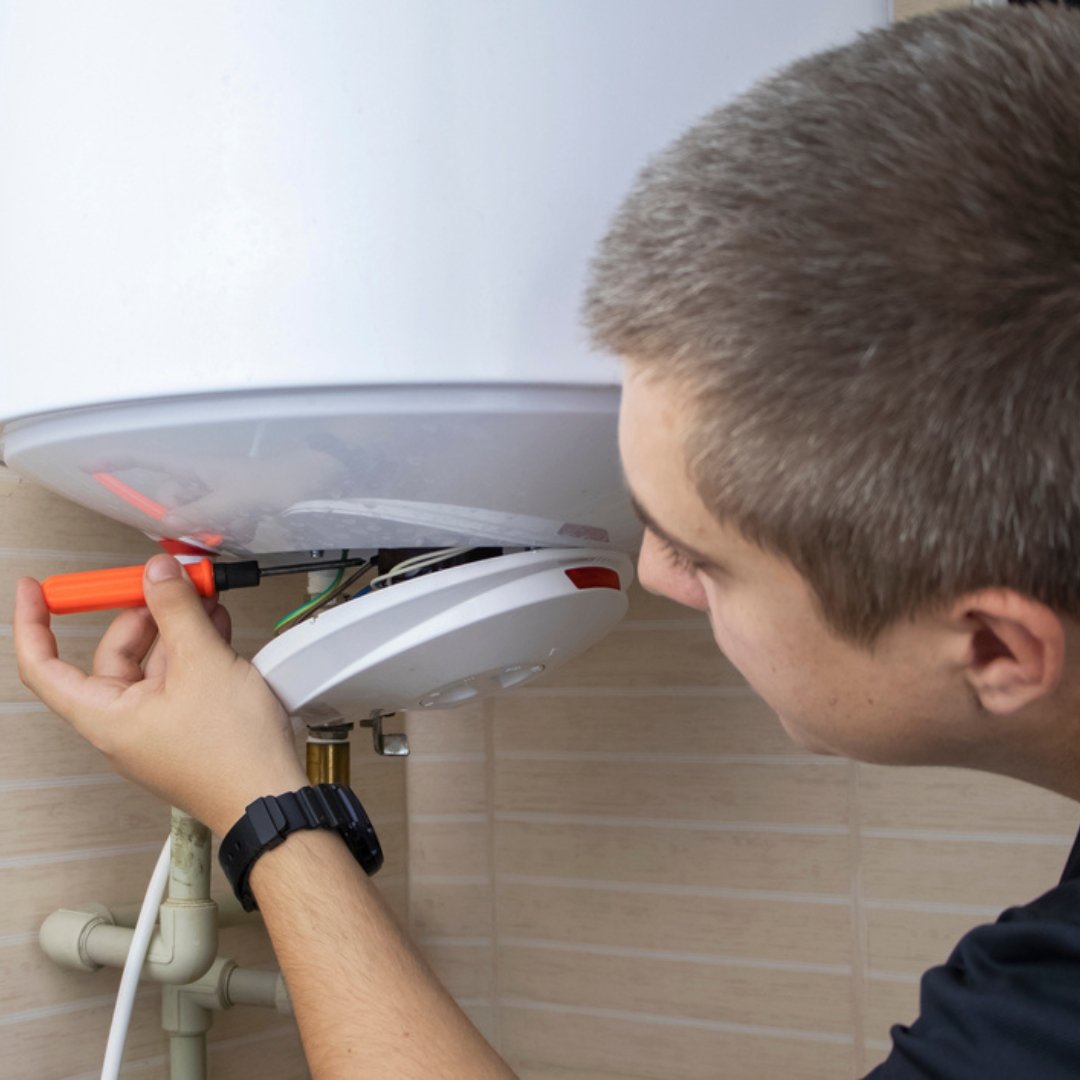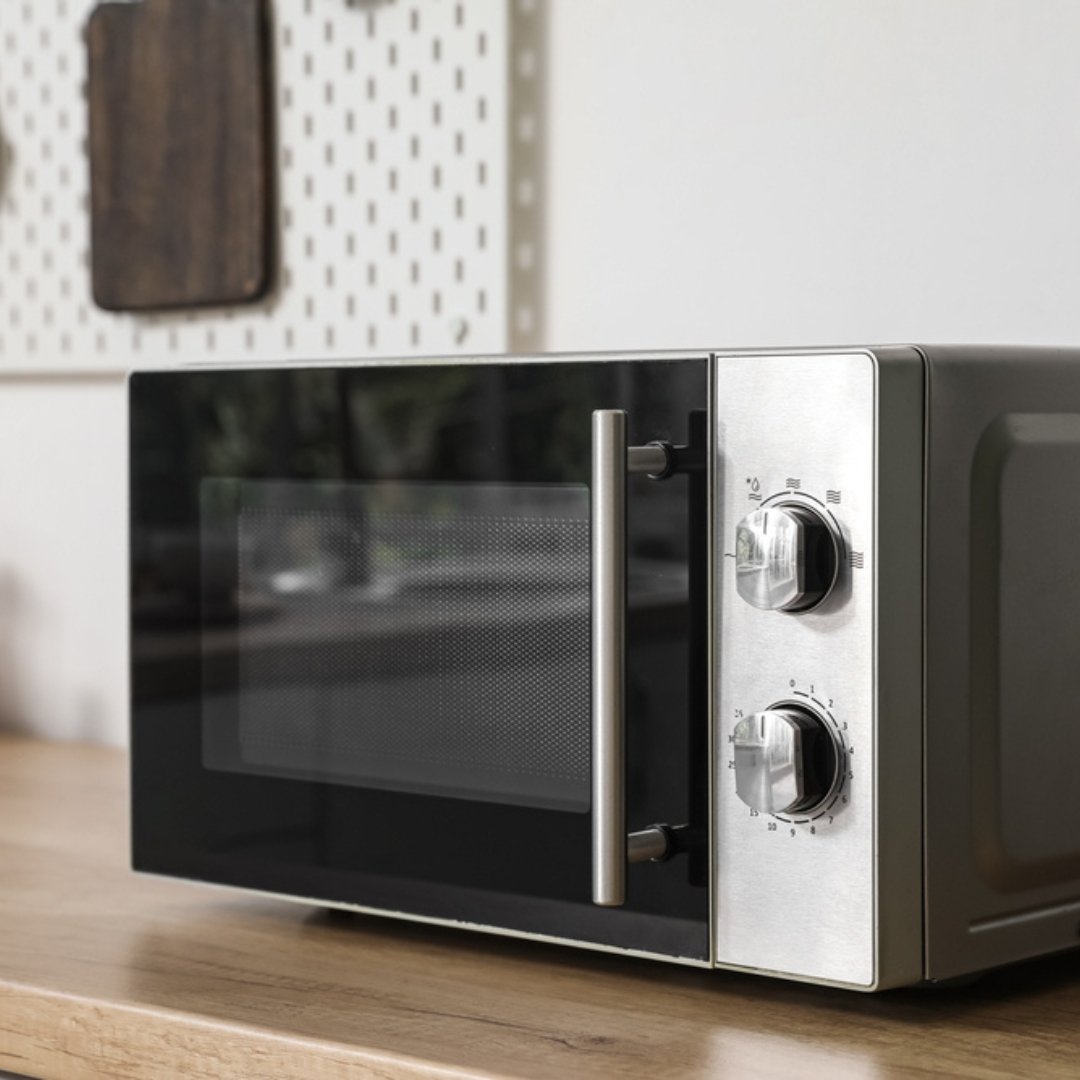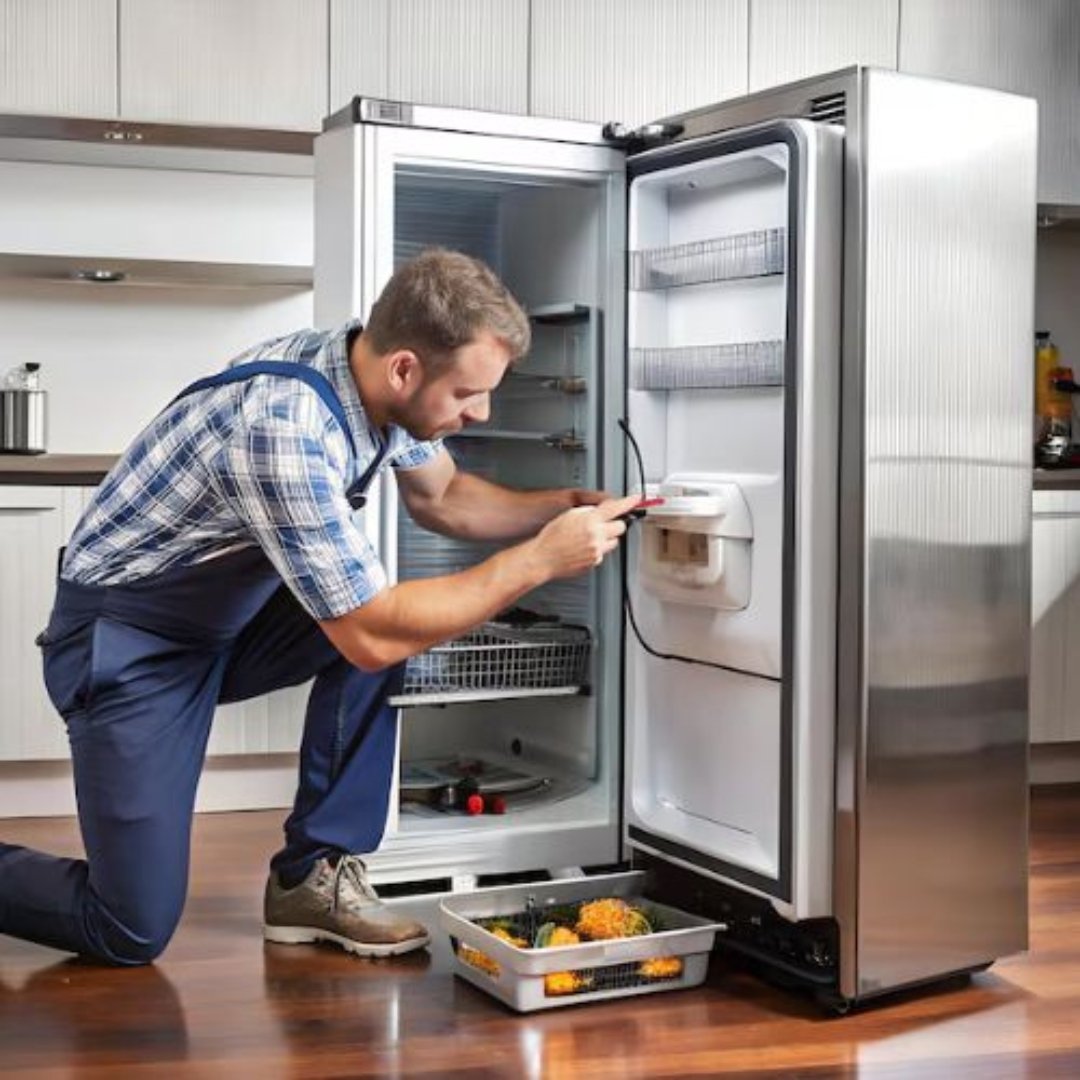RCD Testing Checklist for Businesses and Commercial Properties
When it comes to workplace electrical safety, Residual Current Device (RCD) Testing plays a vital role in protecting people and property. These devices are specifically designed to prevent electric shocks and fire hazards caused by current leakage. Therefore, for safety officers, compliance managers, and facility heads, knowing how to manage RCD Testing is essential.
At SafeTag, we specialize in providing professional RCD Testing services that align with current regulations and industry best practices—ensuring both safety and compliance across all types of commercial settings. To Know More Click Here
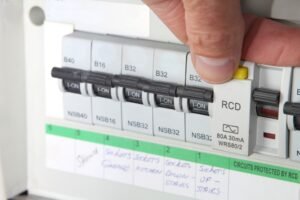
What is RCD Testing and Why Is It Important?
To begin with, an RCD works by disconnecting the electrical supply when it detects a fault—usually due to current leakage. In practical terms, this could mean saving a life during an electric shock incident. Consequently, regular testing ensures that:
- RCDs respond promptly in case of faults.
- Your premises meet electrical safety and insurance compliance standards.
- Fire and injury risks are significantly reduced.
In short, neglecting RCD testing can result in undetected issues, legal non-compliance, or even tragic accidents. To Know More Click Here

Who Needs RCD Testing?
In fact, any workplace that uses RCDs—either fixed in switchboards or as portable units—must ensure that these devices are tested regularly. This includes:
- Commercial buildings and corporate offices
- Warehouses and manufacturing plants
- Healthcare and educational institutions
- Retail outlets and hospitality sectors
- Rental and strata-managed properties
Clearly, if people work, live, or visit your facility, RCD Testing is not optional—it’s essential. To Know More Click Here
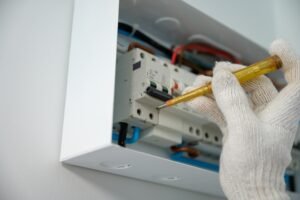
RCD Testing Checklist for Compliance and Safety
To make the process manageable, here’s a step-by-step checklist that safety officers and compliance managers can use. Following this routine ensures both legal compliance and a safer environment:
1. Identify All RCD Devices On-Site
First, conduct a walkthrough of the property to list every RCD device—both fixed and portable. Don’t forget to include those in external power boards, kitchens, temporary setups, and server rooms.
2. Review Required Test Frequencies
Next, refer to AS/NZS 3760:2022 guidelines. For instance, high-risk areas may require testing every 6 months, while lower-risk zones might only need annual checks. It’s best to tailor your schedule to your environment.
3. Use a Competent and Equipped Tester
While it’s not mandatory to hire a licensed electrician, the person performing the test must be trained and knowledgeable. That’s why SafeTag ensures all our testers are certified and equipped with advanced diagnostic tools.
4. Perform User Test with Push Button
Additionally, monthly in-house tests using the “Test” button on each RCD can help detect obvious failures early. This quick test can be done by trained staff and should be logged for reference.
5. Conduct Instrument-Based Trip Time Testing
Beyond the push button, a professional must carry out actual trip time testing using calibrated instruments. This determines whether the RCD disconnects within the correct timeframe—usually under 300ms. At SafeTag, we handle this process with precision.
6. Keep Detailed Logs and Documentation
Just as important, maintain a central register that records the location, test date, result, and technician’s name for every RCD. SafeTag provides digitally organized reports for easy retrieval during audits or inspections.
7. Act on Failures Immediately
Lastly, if an RCD fails testing, it must be repaired or replaced before the equipment is used again. At SafeTag, we not only notify you instantly but also offer guidance on corrective actions. To Know More Click Here
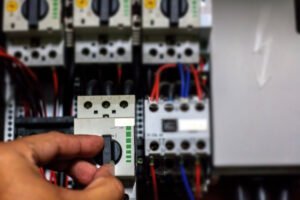
Why Compliance Matters More Than Ever
Now more than ever, businesses are under scrutiny to uphold workplace safety standards. According to The Electricity at Work Regulations 1989 and The Health and Safety at Work Act 1974, employers are legally required to maintain electrical systems in a safe condition. Therefore, routine RCD Testing is not just good practice—it’s a compliance necessity.
Moreover, many insurance providers demand evidence of regular electrical testing to validate claims related to fire or shock incidents.
Why Choose SafeTag for RCD Testing?
With SafeTag, you’re not just ticking boxes. Instead, you’re working with a team that understands the bigger picture: minimizing risks, ensuring compliance, and maintaining trust. Here’s what sets us apart:
- Trained professionals who specialize in RCD Testing
- Minimal disruption to your daily operations
- Instant test results with pass/fail labeling
- Digital archives for all testing records
By partnering with SafeTag, you benefit from both technical accuracy and regulatory peace of mind. To Know More Click Here

Conclusion: Turn Compliance into Confidence
To sum up, while RCD Testing might seem like a technical formality, it directly affects your team’s safety and your business’s legal standing. By following a structured checklist and entrusting the job to trained professionals like SafeTag, you not only ensure protection from electrical hazards but also demonstrate responsible management. So, don’t wait for an incident to reveal a fault—stay ahead, stay safe, and stay compliant with SafeTag.
SafeTag – Your Safety Partner in New Zealand
Ensure workplace safety and compliance with SafeTag’s professional testing services. We offer certified solutions for Electrical Testing & Tagging, RCD Testing, Microwave Leakage Testing, and Portable Appliance Testing (PAT). Trust our experts for hassle-free, on-site service tailored to your business needs.

